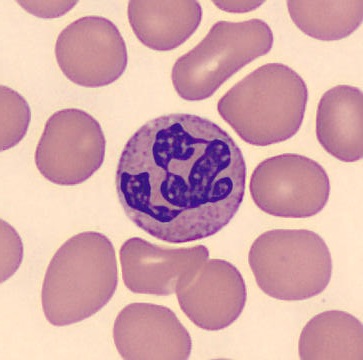Medical online Diagnosis API AI system reference
Published: 2 Feb 2025

Benefits of the Medical online DDxHub Diagnosis API Powered by AI
1.
Faster Diagnosis
* Suggests differential diagnoses based on patient symptoms, history, and medical data
* Expedites decision-making for timely treatment
2. Enhanced Accuracy
* Leverages large datasets and algorithms for precise diagnoses
* Reduces risk of human error and misdiagnosis
* Considers rare or overlooked conditions
3. Clinical Decision Support
* Guides healthcare providers in understanding potential causes of symptoms
* Improves overall quality of care
4. Improved Access to Expertise
* Provides access to specialized knowledge in underserved or remote areas
* Fills the gap in local medical expertise
5. Educational Tool
* Aids medical students and junior doctors in learning differential diagnoses
* Enhances understanding of the diagnostic process
6. Integration with Electronic Health Records (EHR)
* Facilitates inputting patient data and receiving diagnoses without switching systems
* Streamlines the diagnostic workflow
7. Personalized Medicine
* Analyzes individual patient data for customized diagnosis suggestions
* Improves treatment approach
8. Support for Complex Cases
* Identifies intricate conditions that clinicians may overlook
* Assists in diagnosing hard-to-spot illnesses
9. Cost Savings
* Reduces costs associated with misdiagnosis, unnecessary tests, and treatment delays
* Optimizes healthcare budgeting
10. Continuous Learning
* Continuously learns and improves with each processed case
* Provides an evolving diagnostic tool
For more information or guidance on integrating this technology, contact us at http://smrtx.com/.
1.
Faster Diagnosis
* Suggests differential diagnoses based on patient symptoms, history, and medical data
* Expedites decision-making for timely treatment
2. Enhanced Accuracy
* Leverages large datasets and algorithms for precise diagnoses
* Reduces risk of human error and misdiagnosis
* Considers rare or overlooked conditions
3. Clinical Decision Support
* Guides healthcare providers in understanding potential causes of symptoms
* Improves overall quality of care
4. Improved Access to Expertise
* Provides access to specialized knowledge in underserved or remote areas
* Fills the gap in local medical expertise
5. Educational Tool
* Aids medical students and junior doctors in learning differential diagnoses
* Enhances understanding of the diagnostic process
6. Integration with Electronic Health Records (EHR)
* Facilitates inputting patient data and receiving diagnoses without switching systems
* Streamlines the diagnostic workflow
7. Personalized Medicine
* Analyzes individual patient data for customized diagnosis suggestions
* Improves treatment approach
8. Support for Complex Cases
* Identifies intricate conditions that clinicians may overlook
* Assists in diagnosing hard-to-spot illnesses
9. Cost Savings
* Reduces costs associated with misdiagnosis, unnecessary tests, and treatment delays
* Optimizes healthcare budgeting
10. Continuous Learning
* Continuously learns and improves with each processed case
* Provides an evolving diagnostic tool
For more information or guidance on integrating this technology, contact us at http://smrtx.com/.
